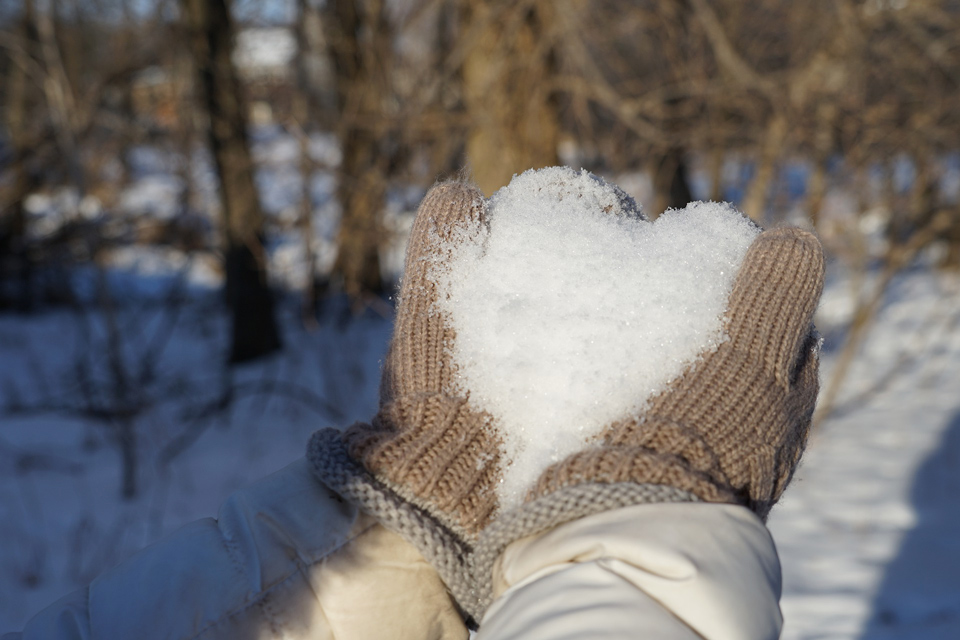Getting up on dark mornings, possibly craving more sleep, then braving the cold outside, can make even the most energetic child with high learning potential feel February’s bite. Warm your child’s heart and energise them with our ideas for brightening up this month.
World Wetlands Day (2nd February) https://www.worldwetlandsday.org/
We have a lot of rain in the UK but, despite being vital ecosystems, our wetlands don’t receive as much attention. Visit one of these unique places: https://www.wwt.org.uk/wetland-centres
Hide in a bird hide: Can you challenge younger children to be quiet for more than five minutes, to watch for the more unusual bird species? February is a good month for listening to woodpeckers drumming on trees. Are there any predators or animal tracks nearby?
Microhabitats, tree planting and pollinating flowers are all examples of wetland conservation. How do you think these are created and work?
For KS3 & 4: Consider the effects of a Sustainable Drainage System – it doesn’t sound glamorous but it mimics natural wetlands. Can you name any and explain why they’re important? (Consider interconnected ponds, reedbeds, living green walls.)
Art: Younger children: make a leaf or twig raft using twigs, fallen leaves, string and scissors. Find twigs that will snap into similar lengths. Lay the sticks out side by side and tie them together side by side, wrapping a strand of string around each stick.
Older children: Sketch a wetland and, if you can, a profile of different planting there, or capture it in photographs.
Chinese New Year (The first day of Chinese New Year begins on the new moon that appears between 21 January and 20 February)
Chinese New Year, also known as the Spring Festival, can take place in January or February. To find out more about how it is celebrated read: https://www.rmg.co.uk/stories/topics/how-do-people-celebrate-chinese-new-year.
The Chinese zodiac has a 12-year cycle with each lunar year named for a different animal. Legend says that the Jade emperor invited all the animals in the world to take part in a “Great Race”. Twelve species turned up at the starting line: a pig, dog, rooster, monkey, sheep, horse, snake, dragon, rabbit, tiger, ox and rat, therefore the emperor rewarded them for coming by naming the years in the zodiac after them, with the race determining the order each animal was placed in the zodiac cycle. See How the Creatures in the Chinese Zodiac Found their Place in BBC Bitesize https://www.bbc.co.uk/bitesize/articles/zd9nd6f
Learn how to pronounce the zodiac signs in Chinese https://view.genially.com/6258994de6e0ac0011683957
If that piques your interest, why not consider learning Mandarin? https://bilingualkidspot.com/2019/08/06/chinese-learning-apps-for-kids/
The Chinese New Year is based on a new moon. Once every 19 years February doesn’t have a full moon. This happened in 2018. In other years February’s full moon is given the name of Snow Moon.
Darwin Day (12th February) https://darwinday.org/educate/
Watch. https://www.youtube.com/watch?v=T0B6os-6uuc (suitable for KS1-3).
For older children, the film Master and Commander (12A). How realistic is the surgeon and naturalist Maturin’s portrayal? Are there any similarities between him and the real Charles Darwin?
Find downloads here: https://www.stem.org.uk/resources/collection/3755/darwin-inspired-primary-school-materials
Did you know? Darwin once placed a jar of earthworms on his grand piano to see if they could hear. Visit the scene at https://www.english-heritage.org.uk/visit/places/home-of-charles-darwin-down-house
Debate for KS3 & 4: “Extinction is part of evolution.” If that’s the case, should we bother to stop extinction?
Pancake Day (can land anywhere between February 3 and March 9)
Shrove Tuesday – also known as Pancake Day – is the day before the start of Lent – a time in the Christian calendar when Christians traditionally fasted. On Shrove Tuesday they needed to use up their eggs and fats – and pancakes were the perfect way to do it! Find out more about the traditions around pancake day in the UK at https://www.historic-uk.com/CultureUK/Pancake-Day/
Thinking Maths: If we assume a pancake is a cylinder, a particular volume of batter could create a range of different diameters depending on the thickness. For example in theory how large would a pancake be if it was made from 50ml of batter and spread out to 1 micron thick?
Advice sheet: PA404 Supporting High Learning Potential In Mathematics (Secondary).
Or consider the Biscuit Quiz in Fun Secondary Science and Incredibly Hard Maths Puzzles https://potentialplusuk.org/index.php/product/fun-secondary-science-incredibly-hard-maths-puzzles/
Science: The appearance of a pancake depends on how water escapes the batter mix during cooking, varying with the batter’s viscosity or thickness. Make a thin and a thick batter, then cook each separately. Observe them cooking, what differences can you see? (e.g. the thin batter appears the same on top in colour but has a dark ring around the outer edge, where the batter is thinnest; the thick batter, may have craters on the bottom surface. Water vapour released during cooking is trapped, meaning that the pancake rises unevenly). See this science in action: https://youtu.be/wsFjIJMTUiE
Reading: younger children: ‘Rhinos Don’t Eat Pancakes’ by Anna Kemp. What other kind of animal do you think you’d like to share a pancake with and why?
Ages 8+: plenty of pancakes in ‘Finn Family Moomintroll’ by Tove Jansson.
Global eating: Children sample pancake varieties: https://www.youtube.com/watch?v=MrWAc3zvMRI
Pancake Tossing: Arm your child with a pancake and a light frying pan, set a timer and see how long or quickly they can flip their pancake. Can they beat chef Aldo Zilli’s record (117 flips in a minute)?
Religion & Philosophy: Eggs symbolise creation, flour the staff of life, salt for wholesomeness and milk for purity. What other foods have symbolic value?
February Half-Term
Wet and windy February half-terms are the perfect time to discover your local museum or some of the more unusual museums in your area. From pencils to hovercrafts to pumping stations to working farms, to Roald Dahl! the UK is home to a fabulous diversity of museums. Local museums often lay on hands-on activities during that week, while smaller museums organise special exhibitions during that period. To discover more unusual places to visit see the map of museums: https://www.historic-uk.com/HistoryMagazine/DestinationsUK/Museums/







